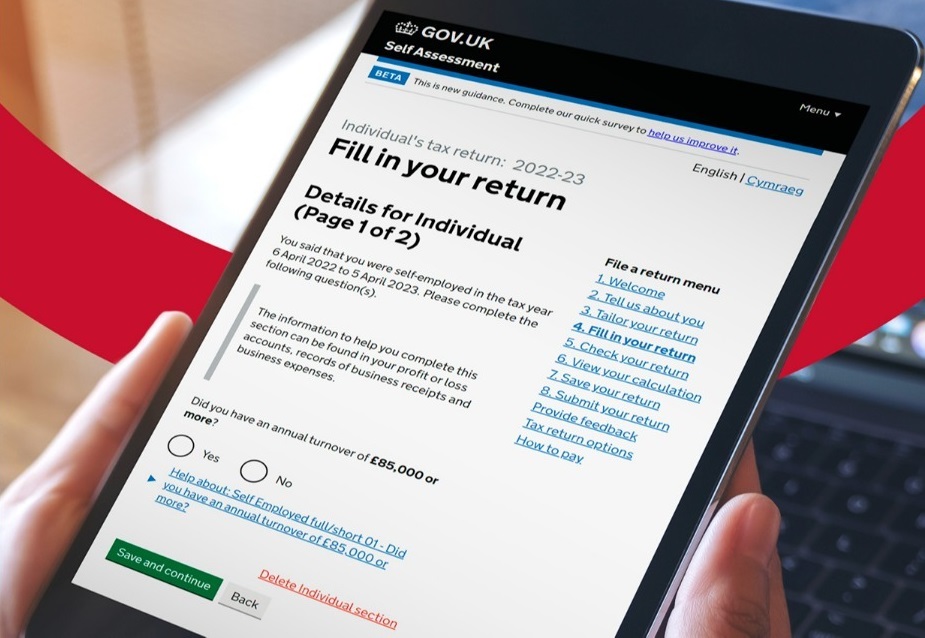Centralised tool to be retired next month with onus shifted to departments to publish their own data
Credit: Bryan Mills/CC BY 2.0
The GOV.UK Performance Platform, which collates and publishes data on almost 800 services across departments, is to be closed next month.
The site brings together in one place a range of information designed to offer a snapshot of the performance of 777 citizen services, as well as tools such as the Digital Marketplace procurement platform, and the Verify identity-assurance product.
Information includes usage, cost-per-transaction, digitisation rate, completion percentage, uptime and user satisfaction.
The platform was created and is run by the Government Digital Service. A note recently added to the site says that “GDS is deprecating the Performance Platform effective from 15 March 2021”.
It adds: “The historical data will be made available via the National Archives in late March 2021. Future performance data hosted by services will be available via data.gov.uk.”
Related content
- How has the online voter registration service coped with 100,000 users a day?
- Analysis: What do the government’s biggest digital services cost taxpayers?
- Voice activation, service transformation, and deliberately delayed mortgages – six things we learned at Sprint 18
PublicTechnology understands that the move to close the platform is intended to place greater responsibility on individual departments to publish and maintain publicly available data, rather than a single repository that is run by the central digital agency. Any information that continues to be published on data.gov.uk will also be publicly downloadable in spreadsheet form.
It is not known how service performance data will be presented or collated on data.gov.uk, and whether it will be housed in a single, easily navigable place as it is now – or if it will be dispersed across multiple sections.
It also remains to be seen the extent to which departments will continue to collect and publish this information without the impetus of being expected to contribute to a centralised platform.
Previously, new services developed by departments or agencies were required to integrate with the platform in order to comply with the GDS-managed 14-point Service Standard checklist – which must be passed as a service passes through the various stages of the development process.
The ‘About’ section of the platform also makes clear that, as well as providing useful information for researchers, journalists, and the public, maintaining a dashboard offers valuable data for the government entity in question.
“If you’re a government service manager, you can see how your service is doing by using a performance dashboard,” it says. “A dashboard lets you quickly spot problems with your service so you can take action to improve it. You need to integrate your service with a Performance Dashboard to… avoid spending time manually collecting data about your service, make decisions on the latest data available about your service compare how your service is doing with other public services, [and] be open to the public. If you work on a government service, we can help you create a dashboard.”
It adds: “The performance dashboards are just another way the government is opening up data to the public. If you’re a service manager, you may be concerned about presenting facts about how your service is doing so openly. In general, the novelty of open data has worn off. There is nothing sensational about seeing how many people are satisfied with a government service, or how many people completed an application.”
The data currently available through the platform is mixed in its comprehensiveness and recency; the dashboard for the most-used government service of all, Vehicle Tax Checks by Individuals, contains quarterly-usage and digital-uptake stats no more recent than those that date from 2017.
But other data – including completion rate and user satisfaction – continues to be published in weekly or monthly tranches, up to and including the week before last.
This mix of outdated, new and incomplete information is replicated across many other services.
The Performance Platform spent several weeks “closed for maintenance” in the latter part of 2019. Some speculation at the time suggested that this was a precursor to the service shuttering for good.
On that occasion it did come back online – albeit without any visual representations of data or graphs allowing users to study performance over time. For the last year, all information has been presented solely in text form.



